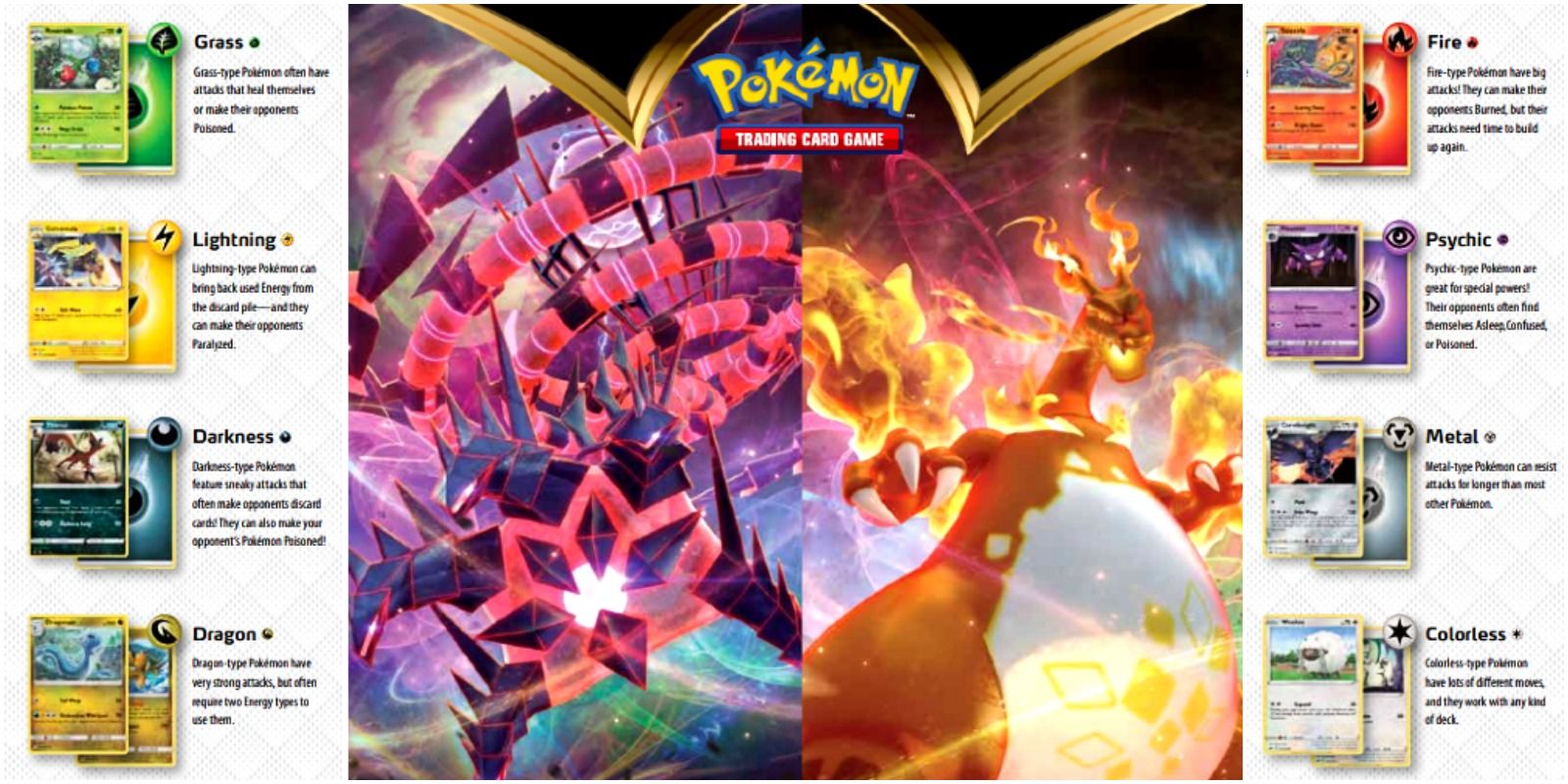
Every trading card game follows a similar pattern, though each has its own intricacies that players need to adapt to if they want to build a successful deck and win battles. The Pokemon TCG involves the usual gathering and use of resources to perform actions in the form of "Energy" cards.
RELATED: 10 Jaw Dropping Painted Pokemon Cards That Are Better Than The Originals
Trainers need to balance these resource cards while also sending out and evolving their Pokemon cards in the battle against the opposing trainer. There are a tremendous number of ways to do this, so things can be a bit overwhelming at first. Fear not, however, as things are a lot more simple than they seem if new trainers take things one step at a time.
10 Learn The Rules
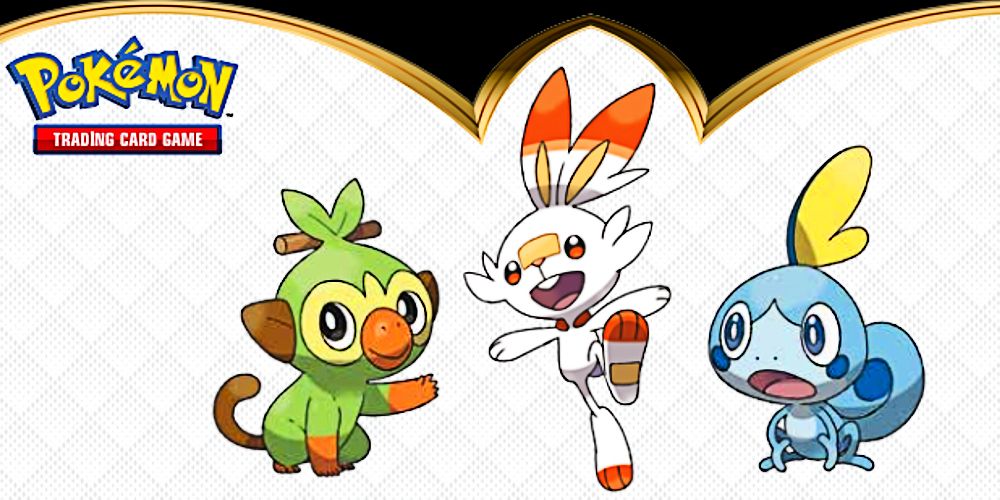
Before building a deck, or even buying any cards, all trainers should familiarize themselves with the basics of the game. The end goal of each duel in the Pokemon TCG is to defeat one's opponent. There are three main ways to do so: knock out enough opposing pokemon to collect all six Prize cards, render the opposing trainer unable to battle by leaving them no pokemon on their side of the field, or by the technical victory of making one's adversary run out of cards to draw from their deck.
There are a ton of ways to achieve all three of these winning criteria, though all such strategies involve playing Pokemon cards onto one's side of the field and equipping them with the required Energy cards to perform their moves. How to do this efficiently depends on the individual cards and their unique components.
9 Discover The Components Of Each Card
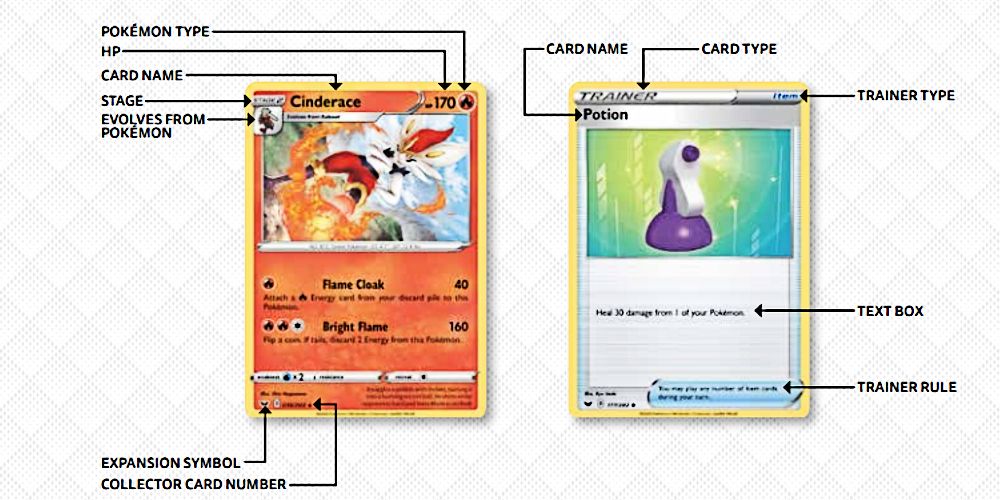
All cards in the TCG can be classified into three main categories: Pokemon, Trainer, and Energy. Pokemon cards represent the pokemon that one can use in battles and displays their stats, such as their type, HP, evolution stage, their moves, and other crucial information. It should be noted that only Basic pokemon (unevolved pokemon) can be played directly. Stage One and Stage Two pokemon need to be played onto their corresponding Basic pokemon. For example, Charizard (Stage Two) can only be played onto a Charmeleon card already on the field, but a Charmeleon card (Stage One) can only be played onto a Charmander card (Basic).
Trainer cards are items and actions that can be played to benefit one's pokemon. Common things one can do with Trainer cards are healing their pokemon, giving them a buff that increases their damage, or alters the field of battle to give one a specific advantage (like with Stadium cards).
8 Generate Some Energy
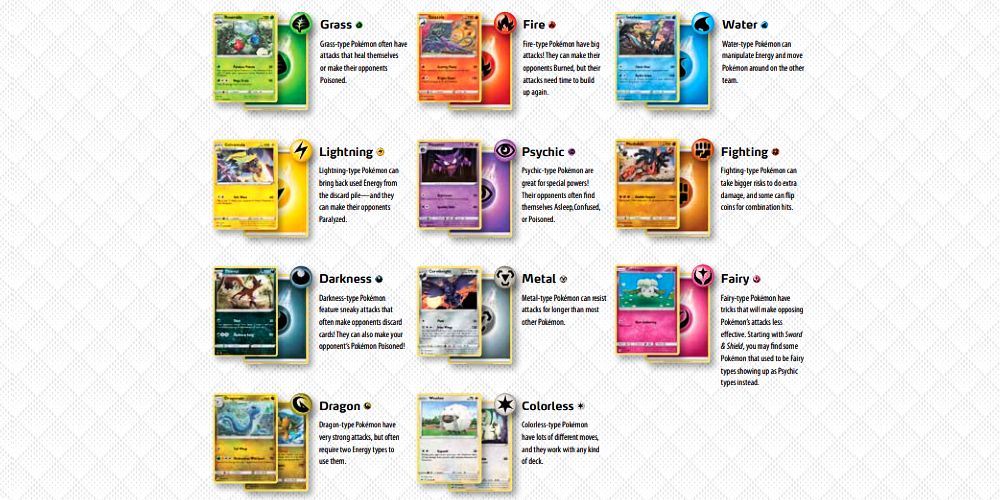
There are 11 types in the TCG as opposed to the main series video games where there are 18. This results in quite a few types in the video games being amalgamated into others, such Bug-types being lumped into Grass-type and Ghost-types getting classified as Psychic-type.
Each type has its own strengths and weaknesses. What kind of deck one should build depends on the trainer's playstyle. For example, those who desire to dish out a ton of damage with no regard to anything else may like building a Fire-type deck, while the more patient and strategically inclined trainers might prefer a Grass-type one.
7 Survey The Battlefield
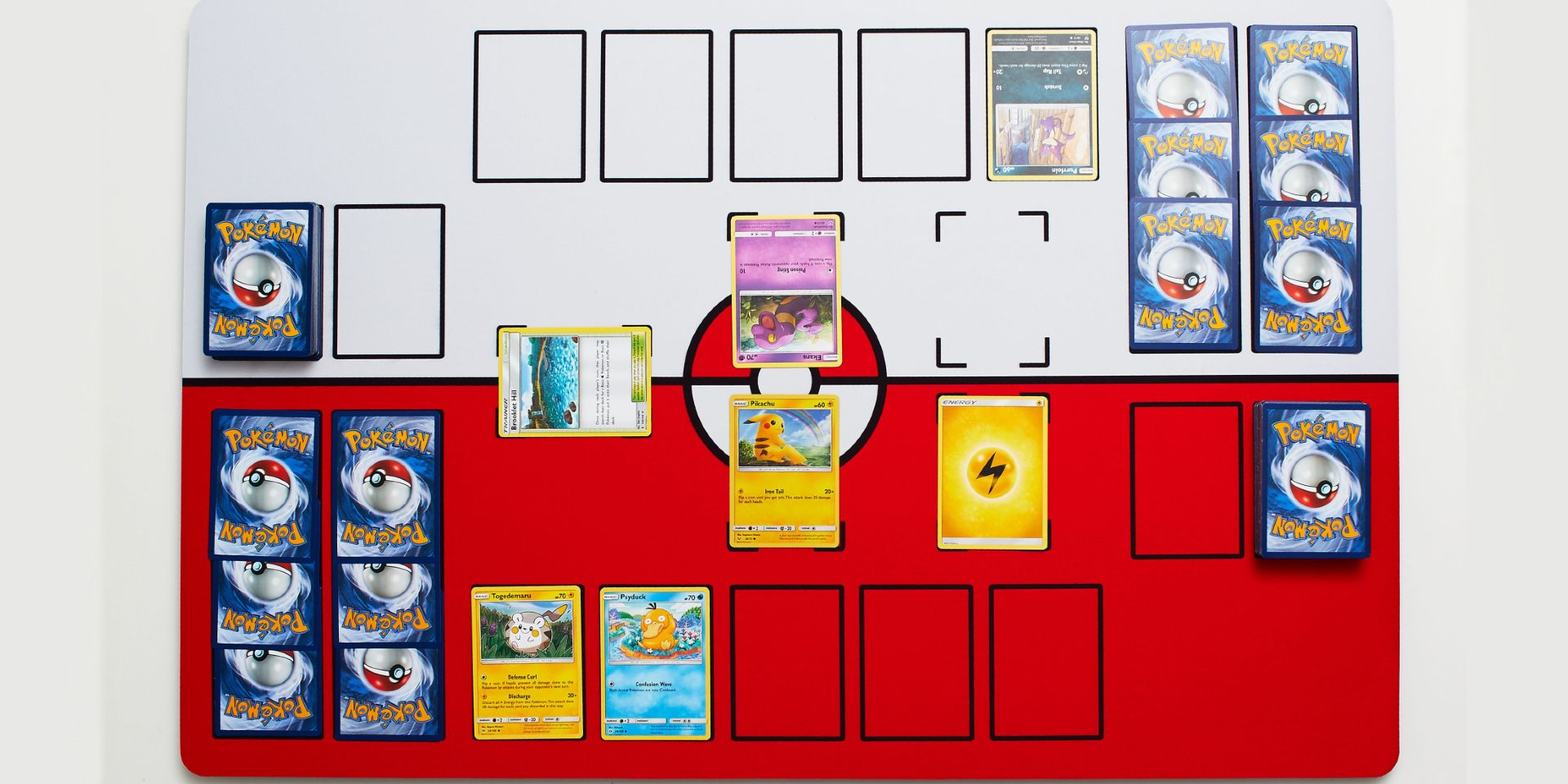
Building a deck and studying the intricacies of the available cards is crucial, however, if one does not understand how the battlefield works, all this background information will be for naught. Each card has a place to be played or set that will be easily remembered once trainers take a good look.
RELATED: Pokemon TCG: All Crystal Pokemon, Ranked
The area of each duel is divided into two halves: a trainer's and their opponent's. The action happens in the center, where each trainer sends a pokemon to be the "Active" battler. Behind each Active pokemon, there are benches where subsequent pokemon must be placed when they are played. These Bench pokemon are ones that take the Active pokemon's place if they faint. To the left, there are six Prize cards set aside from one's deck before the battle begins and to the right, there are the decks and discard piles where one draws and sends cards throughout the duel.
6 Make The Most Of Each Turn
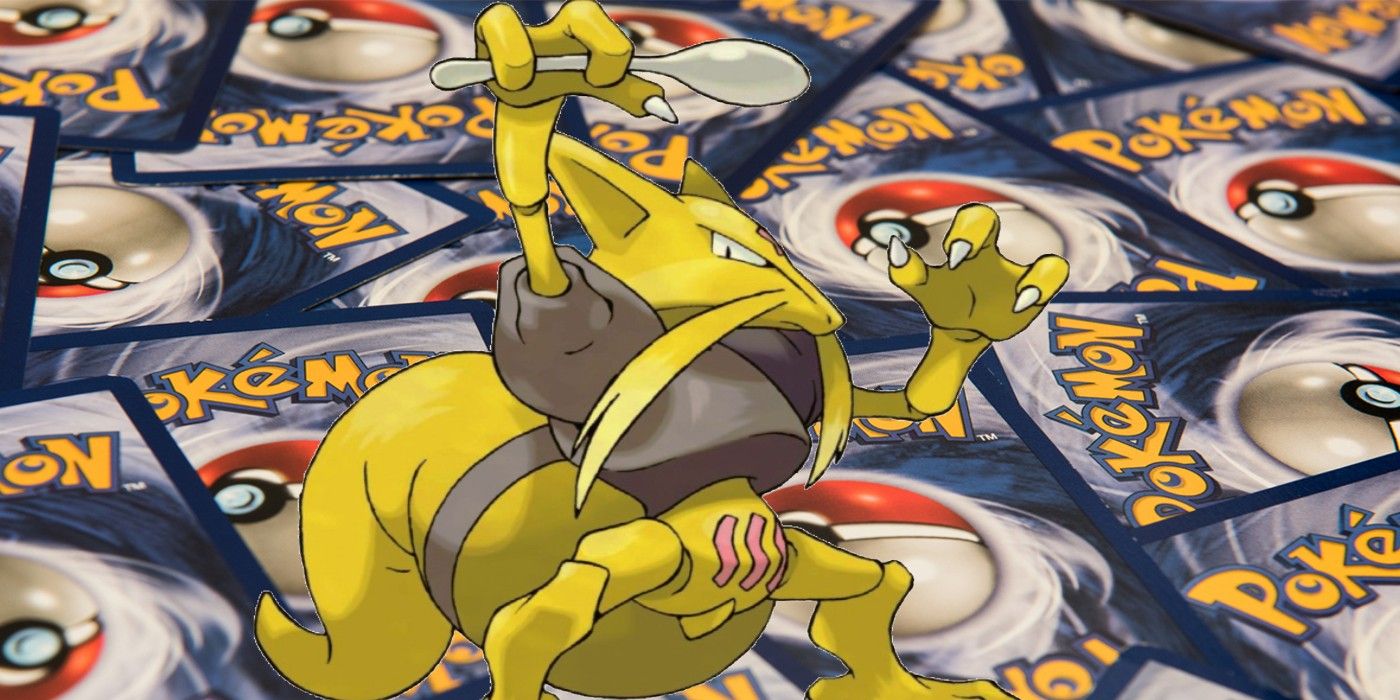
Efficiency is the lord of all TCG games, and this one is no exception. There are a number of actions one can make during each of their turns, though it is immensely helpful to organize and order one's moves based on their goals. This allows a trainer to not squander precious cards. The fact that each turn is broken down into three main phases helps one keep track of everything.
The first sub-phase one needs to do every turn is to draw a card from the top of their deck. Following this, the order of what one does will vary for the second sub-phase, though this is when trainers can play as many Basic pokemon as they want from their hand, as well as evolve as many pokemon as they like. One can also use as many pokemon abilities and regular Trainer cards as their heart desires. Trainers can also play an Energy card onto one of their Pokemon cards, though only once per turn. Players can also retreat their Active pokemon, also only once per turn. Following these actions comes the third sub-phase, where one must choose to attack (or not) and then end their turn.
5 Execute A Strong Offense
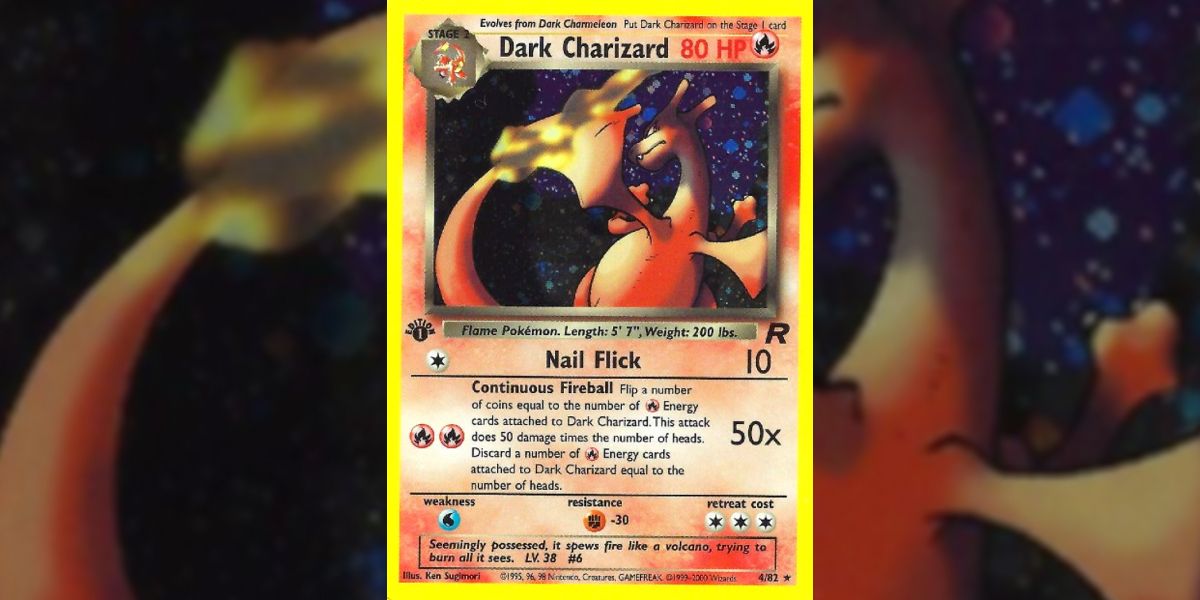
When attacking, a trainer's Active Pokemon card can use one of its moves. Each of these moves requires Energy, and sometimes other criteria, to be used. The Energy cost of each attack is displayed on the left side. Each elemental symbol represents one unit of the Energy type listed. One symbol means one Energy is needed while two means that two Energies are needed and so on.
The symbol representing Colorless energy (a silver circle with a black asterisk within) indicates that any type of Energy can fill the need here, which is quite handy and should always be noted by trainers. The damage that a move can do is displayed on the right. Be sure to read the details of an attack closely, as some have detrimental effects.
4 Gauge One's Defenses
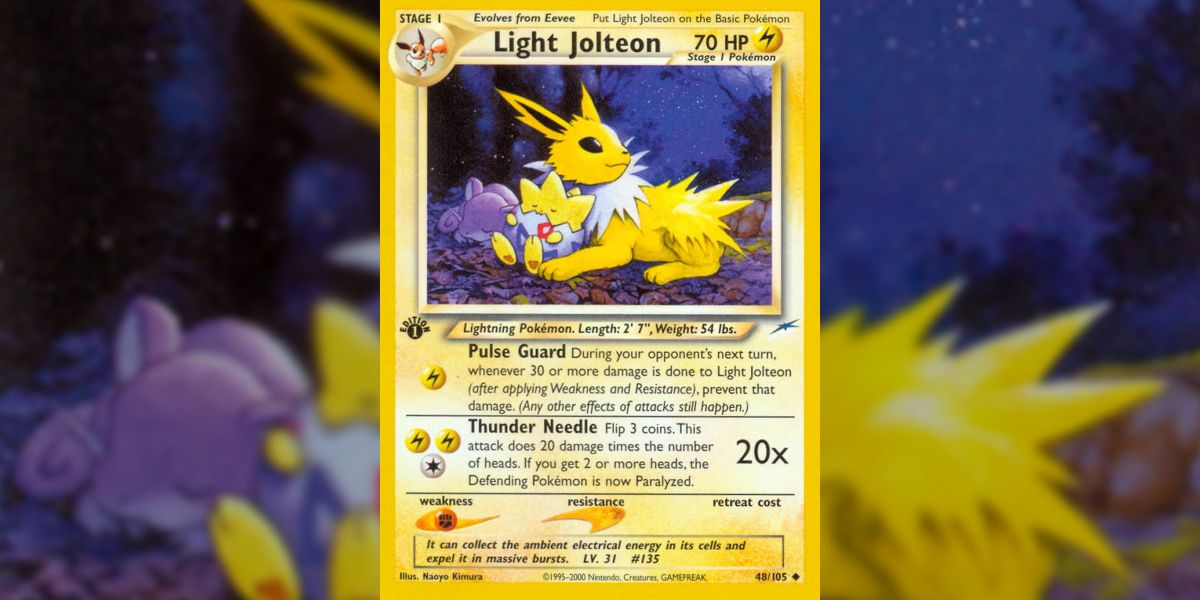
In the top right of each Pokemon card, trainers will see the maximum HP of their pocket monster. This represents how much damage a Pokemon can take before they are knocked out and grants one's adversary a precious Prize card. Maintaining the HP of one's team is crucial to victory, for without Pokemon on the field, a battle will be lost automatically, even while there are Prize cards left for the opponent to draw.
RELATED: Pokemon TCG: 10 Strongest Light Pokemon, Ranked
However, damage calculations work a bit differently than in the Pokemon video games. Damage is measured in units called "Damage Counters", each unit of which represents 10 HP. For example, a Pokemon with 70 HP can build up a total of 7 Damage Counters before they are knocked out. Thankfully, all attacks operate in increments of 10, which makes the math involved very easy to follow. Furthermore, players can place tokens on each card to help keep track of the Damage Counters better.
3 Take Advantage Of Special Conditions
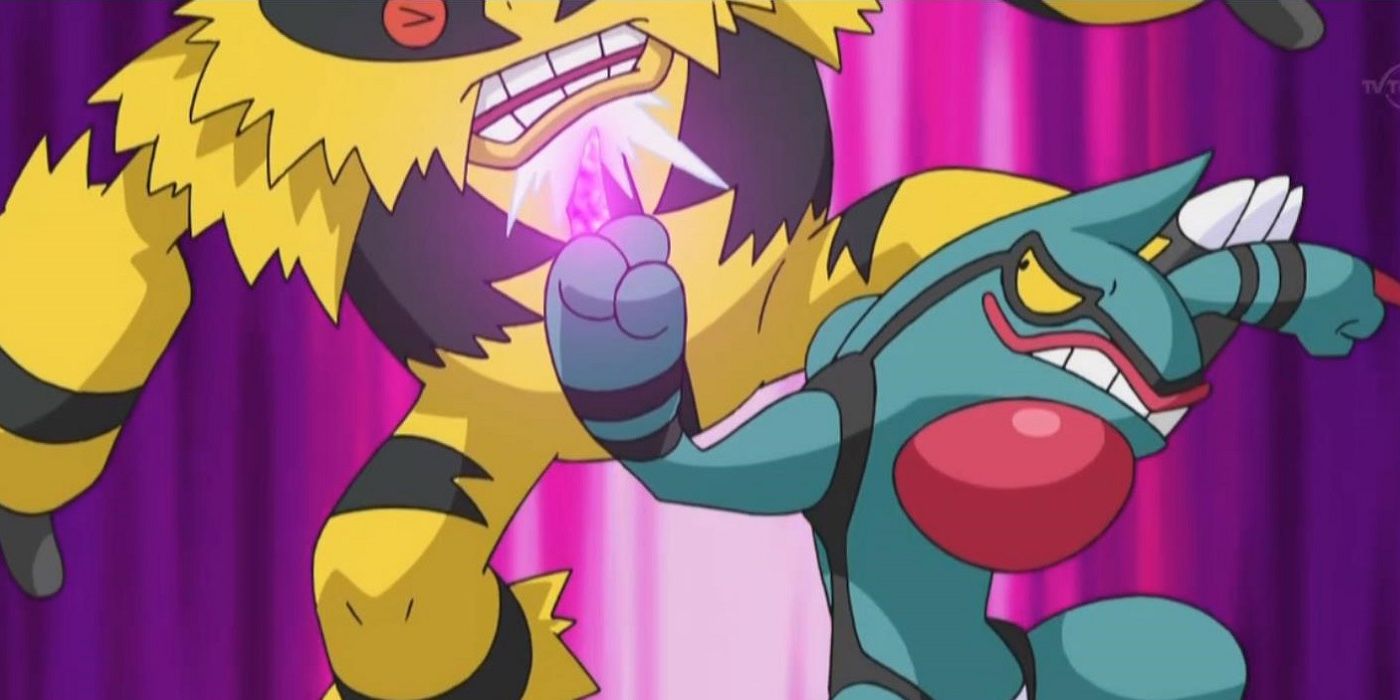
In addition to dealing direct damage, many Pokemon moves can inflict Special Conditions on the opposing pokemon. These can debilitate adversaries and cause them to lose HP or prevent them from attacking during their turn. There are five main Special Conditions that exist in the Pokemon TCG, all of which are represented by altering the orientation of a card afflicted (turned clockwise, counter-clockwise, upside down, etc.)
The most common is being Poisoned, which adds at least one Damage Counter onto the afflicted pokemon during each of their turns. Next is being Paralyzed, which renders one unable to attack or retreat during their next turn. Following this is being Asleep, which acts like being Paralyzed, but requires one to flip a coin and get heads to recover. Next is being Confused, which again forces the trainer to flip a coin, though if they get tails they must place three damage counters on their pokemon. Finally, the newest Special Condition is being Burned, which acts much like being Poisoned but results in two Damage Counters being placed on the afflicted each turn instead of one.
2 Using Powerhouse Cards
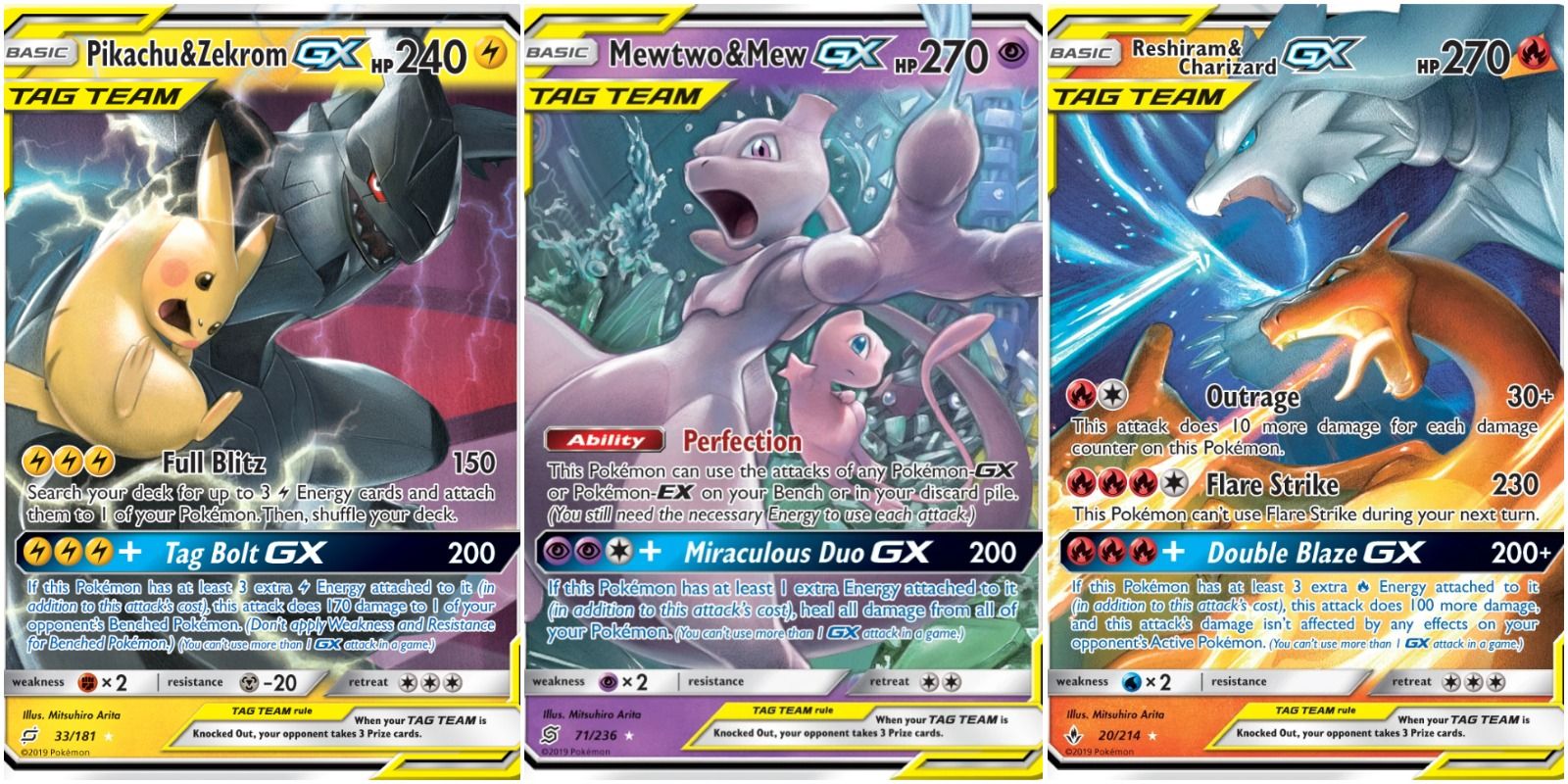
Over the years, like with many TCGs, a power creep phenomenon has appeared. This takes the form of card variants with much higher HP and attack power than common cards. Pokemon EX, Pokemon GX, and Pokemon Tag Team cards are some of these mighty pocket monsters that one can include into their deck for a sizable level-up.
Though they undeniably offer great advantages, be sure to use these cards cautiously, as if they get knocked out the opponent gets to take two or even three Prize cards instead of the usual one.
1 Have Fun!
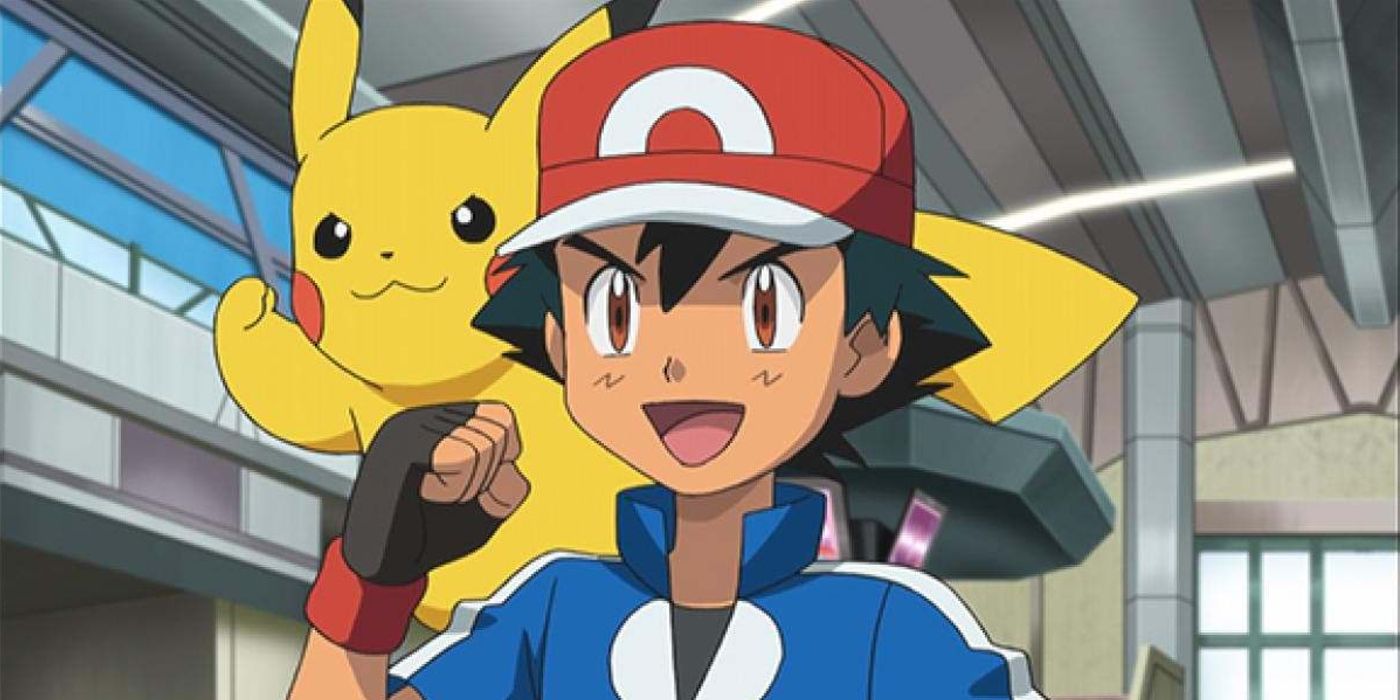
Never forget that the point of this game is to enjoy oneself! It can be a bit frustrating if one loses battles, though do not be disheartened. All the best trainers, however they started out, lost their fair share of battles. One can only grow from learning, and one sometimes learns the best at the hands of defeat.
Take each loss and determine what led to it. This will help all trainers improve their decks and strategies, which is a huge part of every TCG. To be the very best, like no one ever was, a trainer only needs only to do their best.

